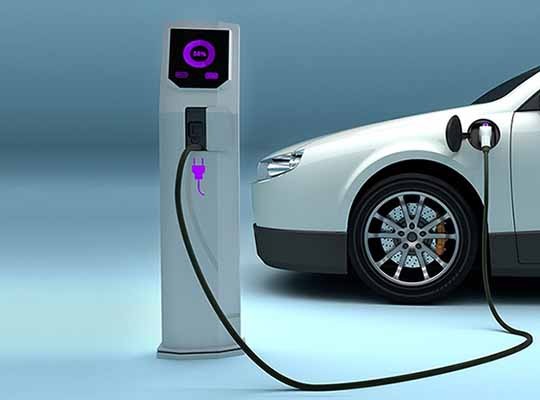The electric car market has grown quickly over the past 5 years, with 2020’s global sales of battery-electric vehicles (BEVs) and plug-in hybrid electric vehicles (PHEVs) being 5.5 times larger than in 2015. In fact, 2020’s sales were 44% higher than that of 2019 despite the impact of COVID-related shutdowns on the automotive industry. Within this growing market, several movements can be seen when looking at batteries and traction motors. Higher Nickel cathodes are fetching more common, battery capacities are increasing, and energy density too.
To help organizations to analyze these trends, IDTechEx has released the “Electric Car Sales, Models & Technologies Database”. This is a new spreadsheet-based database that includes the unit sales for the most popular BEV and PHEV cars in China, Europe, and the US for each year between 2015-2020. 145 models and more of their variations are detailed. Along with the sales data and, where known from primary and secondary sources, specific values are given for battery capacity (kWh), cell type (cylindrical, pouch, etc.), battery supplier, cell chemistry (NMC 111, NMC 811, LFP, etc.), cell and pack energy density (Wh/kg), battery thermal management (air, liquid, etc.), number and combined peak power output of the traction motors (kWp) and the type of motor (permanent magnet synchronous, induction, etc.). Using this database, several interesting trends around batteries and electric motors in the electric car market can be explored and examined.
In some cases, industry trends can be determined by a single model or manufacturer. This is an important reason for having a breakdown by individual models, in order to determine if trends are industry-wide or just driven by a small subset of models with strong sales. Using this database of sales segmented by model enables a granular investigation of the trends and emerging technologies in the electric car industry. Information within the database has been obtained through considerable research carried out by IDTechEx from a variety of sources including both primary and secondary information from public records, press releases, government reports, OEM manufacturers and interviews with OEMs and tier 1 suppliers.












